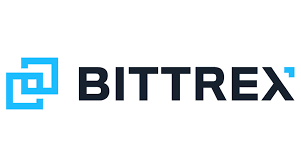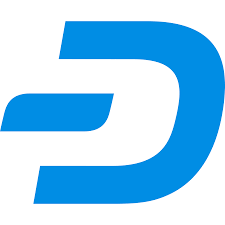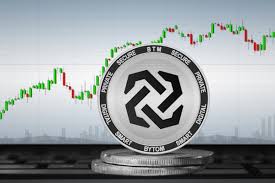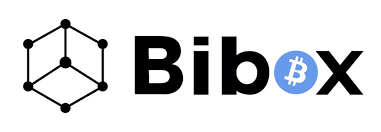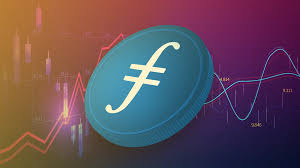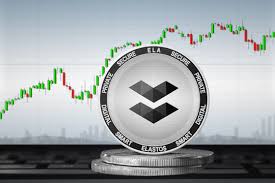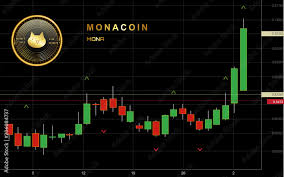SushiSwap is a decentralized cryptocurrency token exchange on the Ethereum blockchain. It uses the codebase of another popular decentralized exchange, Uniswap, and includes its SUSHI token, which Uniswap did not yet have when SushiSwap was launched. SushiSwap almost completely repeats Uniswap in its technical structure. In addition, the code for SushiSwap was developed by Compound Finance and the infamous Yam Finance.
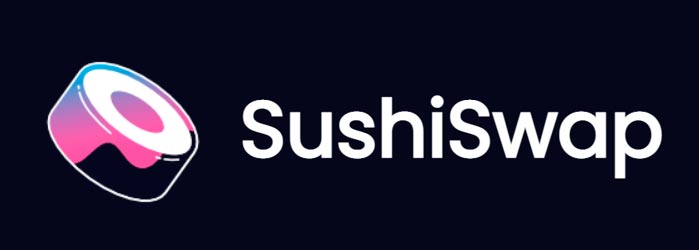
For providing liquidity on SushiSwap, users receive SUSHI tokens. Although the history of SushiSwap is controversial, the project enjoys tremendous support in the cryptocurrency community.
History of SushiSwap exchange
SushiSwap exchange was launched by two anonymous developers under the nicknames 0xMaki and Chef Nomi. On August 26, 2020, Chef Nomi posted a blog post on Medium announcing the creation of the protocol.
In the first week of its existence, SushiSwap has collected assets worth more than $ 1 billion in its pools and for a short time surpassed Aave as the largest DeFi protocol. Interest payments on assets blocked in SushiSwap then could be more than 2,500% per annum.
On September 5th, Chef Nomi unexpectedly sells SUSHI tokens for over $ 14 million. These funds were reserved for the development of the protocol, but Chef Nomi said that he has every right to them. Against this backdrop, the price of SUSHI began to decline rapidly.
Shortly after the events described, Chef Nomi left the position of the main developer, handing over the control keys to the CEO of the FTX cryptocurrency exchange, Sam Bankman-Fried. The SushiSwap community has selected nine people from the DeFi space to hold the keys to the multi-signature wallet that holds funds for the development of the project.
On September 11, Chef Nomi, no less unexpectedly, returned the embezzled funds from the project development fund. Some believe that this was done to draw attention to the project. 0xMaki later said that he delivered an ultimatum to Chef Nomi, promising to reveal important information about him if he did not return the money. In the future, Chef Nomi did not take an active part in the development of the project.
During the initial launch of SushiSwap, the entire exchange model was built around the Uniswap liquidity provider tokens. Such tokens are issued and, at the time, a deposit is made to Uniswap pools and can be used to withdraw them. The SushiSwap developers took advantage of this feature to bring Uniswap liquidity to their platform. Uniswap users kept their liquidity provider tokens, but staking them on SushiSwap also earned SUSHI tokens.
After the end of the initial two-week period, there was a liquidity migration. At this time, all liquidity provider tokens were automatically returned to Uniswap and redeemed with their respective cryptocurrency, which was immediately moved to the SushiSwap pools. As a result, SushiSwap gained $ 1.14 billion in liquidity, while Uniswap lost it.
At launch, SushiSwap’s contracts were not audited. The contracts in use today have been verified by PeckShield and Quantstamp. The audit is conducted by third-party professional firms to mitigate the risks of contract malfunction and user loss of money as a result.
How SushiSwap exchange works
Like many other decentralized exchanges, SushiSwap is based on liquidity pools. Each such pool contains two assets, for example, ether (ETH) and Chainlink (LINK). It is a standard automated market maker (AMM) device where prices are determined by a smart contract based on the ratio of two assets in a pool. Learn more about AMM here.
The SushiSwap platform allows exchanging over 100 ERC20 tokens and does not require identification. It is enough to install a supported wallet, for example, Metamask, transfer the tokens and ether you are interested in to pay commissions for processing transactions, and you can start trading.
Like Uniswap, SushiSwap charges a 0.3% commission on trades, of which 0.25% goes to liquidity providers, and 0.05% goes to the SUSHI pool. More about it is below.
In addition, the exchange website has a special section called Menu where users can stake their tokens from SushiSwap liquidity providers to earn additional payments. At the moment of preparing this material, the Sushi Party pool is the most profitable. With its help, you can earn an impressive 100% + per annum from staking tokens from liquidity providers from the SUSHI-ETH pool. This profitability is generated by the payment of SUSHI token liquidity providers to the token holders in addition to the commissions they earn.
In addition, there is a SushiSwap Bar where you can stake SUSHI tokens to earn even more SUSHI. They are paid out of the same 0.05% that goes to a separate pool from each transaction. The pool is contacted at least once every 24 hours when all tokens of liquidity providers are automatically sold to buy SUSHI within the exchange’s markets. Then, these SUSHIs are distributed to the stakes of the SushiSwap Bar in the form of xSUSHI tokens, which can be immediately converted to SUSHI. In addition, SUSHI holders can use their tokens to make protocol management decisions.
